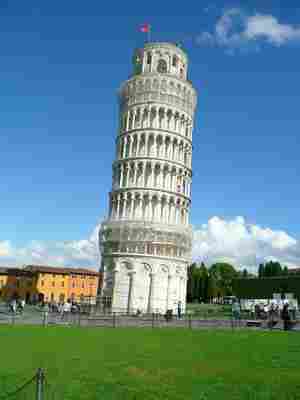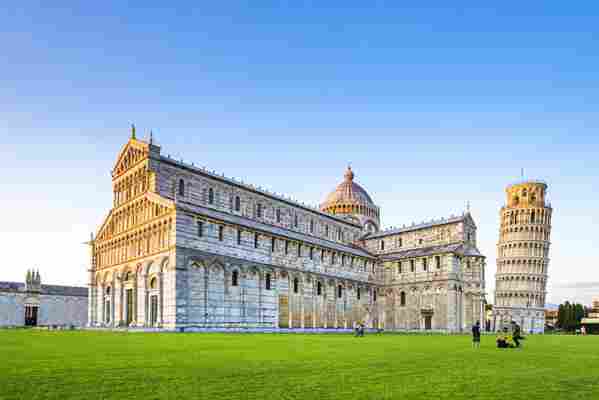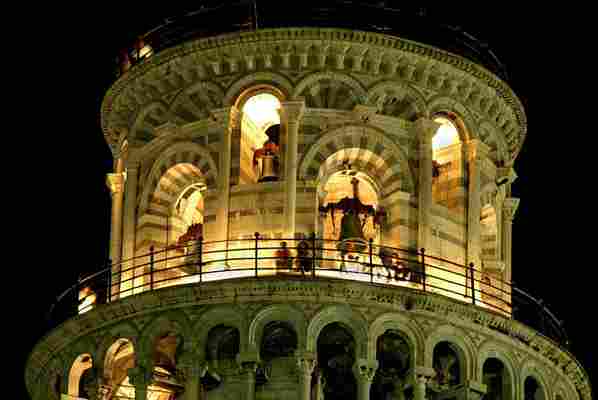One of the great mysteries of the famous Leaning Tower of Pisa is how it could have survived through major earthquakes.

The campanile of the cathedral leans several degrees from centre with the bell tower having begun to tilt shortly after construction began in the twelfth century. For decades, engineers have been puzzled at how the Leaning Tower has withstood the four strong earthquakes that have hit the Tuscany region since 1280. Now, sixteen engineers – including experts in seismology and soil structures – have finally come up with an answer for how it survives.

The 58-metre tall tower would be expected to topple even with moderate seismic activity, considering how vulnerable it is. However, its survival has been attributed to a phenomenon called dynamic soil-structure interaction . The considerable height and stiffness of the Tower combined with the softness of the foundation soil causes the structure to vibrate differently to other buildings. Put simply, the Leaning Tower does not resonate when there is an earthquake and that has been the key to its survival. Professor George Mylonakis of the research team said: “ironically, the very same soil that caused the leaning instability and brought the Tower to the verge of collapse, can be credited for helping it survive these seismic events.”

The building’s famous lean has made it far more famous than it would otherwise have been and it’s one of the most popular attractions outside of the main cities of Italy. Along with its neighbouring cathedral, baptistery and cemetery, it is part of the Piazza del Duomo Unesco World Heritage Site. Considerable work has had to be undertaken to preserve the tower with tonnes of soil removed from the raised end to bring it back to a less precarious angle. After the stabilisation works, the tower was reopened to the public and declared stable for at least another 300 years.






Leave a Comment